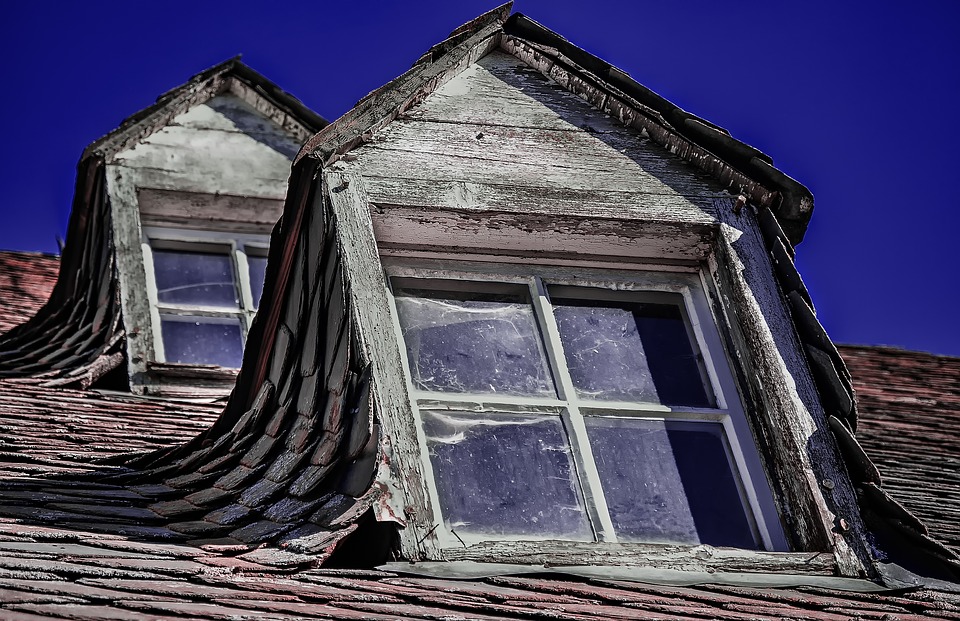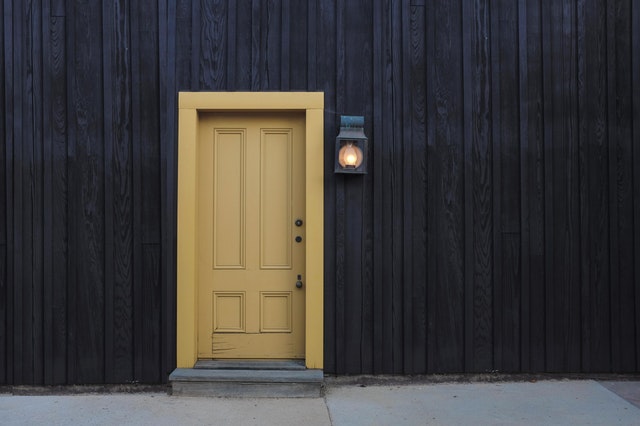As any experienced home buyer will tell you, every house has its issues. Whether it’s that room that’s not quite the right color, a window that needs re-caulking, or a backyard that requires some landscaping, there are frequently minor problems that you’ll want to address after the purchase goes through. However, there are some red flags that can turn up during an inspection that should make you seriously reconsider whether a house is truly right for you.
- Cracked, rotting, or damaged roofing. Many people forget to look at the roof of a house, but it can be one of the biggest indicators of how well a homeowner has kept up with their property. Missing or cracked shingles could be indicative of leaking and poor insulation in the house, while a poorly repaired roof – including those in multiple layers – show that the home may suffer from poor craftsmanship.
- Outdated electrical wiring. If you’re considering an older home, it’s crucial that the wiring is up to recent building codes. These are designed to protect your safety – no one wants their electrical system to cause a potentially deadly house fire. Additionally, some older homes may not have as many electrical outlets as is standard today. The cost of rewiring a house can be very high and should be considered prior to placing a bid.
- Stains on the ceilings and walls. Mysterious stains, particularly in the ceilings and walls, can indicate serious plumbing issues. Leaking pipes are the most common culprits, and they can also lead to serious damage if they’ve been left unchecked by the homeowner.
- Poor water pressure. Low water pressure can also be a sign of old or damaged pipes, especially in older homes. While one leaking pipe can be costly to repair, replacing your entire plumbing system may be a deal breaker if you have to foot the bill yourself.
- Foundational issues. You may be considering a beautiful home, but if the building has underlying structural problems, you’ll end up paying far more than it’s worth. Standing water near the foundation of the house can be a sign of poor grading on the property – and a warning of possible issues with the foundation. Cracked or sagging windows and doorways are also red flags that your foundation may cause you much bigger difficulties down the road. Any large cracks in the foundation should be noticed and considered before buying the home. A compromised foundation can be extremely expensive to repair.
- Any signs of pest infestation. No one wants to live in a home with pests, whether they’re termites, ants, or roaches. If a home hasn’t been properly maintained and inspected for pests throughout its life, it’s important to find out if there’s an infestation before buying. The cost and hassle of having to get rid of bugs on your own can be high.
- Asbestos and lead paint. Most homes built before 1989 contain these toxic building materials. The cost of removing these can be high if the owner hasn’t already taken care of the issue. It’s particularly crucial to remove these if you have pets and young children.
- While a little mold in the shower drain can be a small cleaning issue, extensive mold isn’t so easily wiped away. In addition to causing bad odors and having an ugly appearance, mold can be extremely toxic and even cause structural damage to your home. Pervasive mold can also indicate that the house has poor ventilation, leading to even more moisture problems. If there’s a lot of mold present, it’s best to walk away.
As always, it’s up to an individual buyer to decide how much money and work they want to put into a house after the purchase. Hopefully these guidelines can help you make the best decision for you and your family when moving!




Leave A Comment